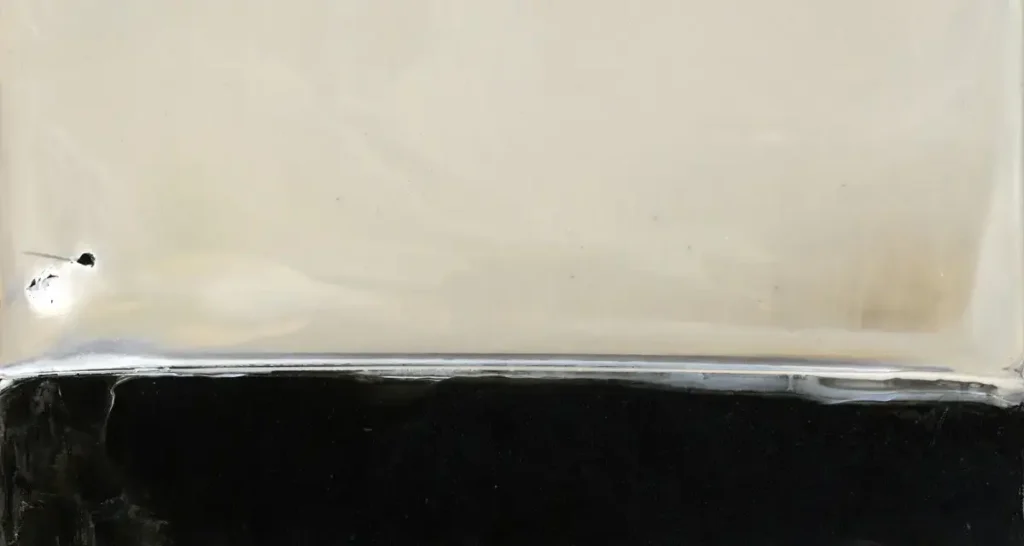from Teresa Lanna.
Look “beyond” the image; analyze every detail of the means used to capture the present moment, providing new and original interpretative ideas, which will give life, in turn, to ever new reflections and interpretations.
There is this and much more in the Canadian artist’s work Fiona Annis, which places a careful exploration of the enigmatic and mysterious nature of photography at the center of his activity. His practice is not limited to a single technology, method, process or subject, but investigates the fundamental elements of photography, such as light, paper, chemistry and time. The Canadian artist combines a profound knowledge of archaic photographic materials and processes with a profoundly contemporary approach.
Fiona Annis has exhibited in world art institutions, including AC Institute (New York), Canadian Center for Architecture (Montréal), Goldsmith’s (London), Low Salt Gallery (Glasgow), Museo Novecento (Naples), Gallery44 (Toronto), and The Art Gallery of Alberta (Edmonton). His works are present in the permanent collection of the Museum of Civilization of Québec, in the National Museum of Fine Arts of Québec, in the collection of public art in Ottawa and in the Penumbra Foundation in New York. In 2018-19, Annis benefited from the Brucebo Foundation award for her residency at the Museum of Astronomical Instruments in Naples, Italy. Fiona Annis is one of the two co-founders of The Society of Affective Archives, with projects that include the creation of permanent public art exhibitions and works.
We interviewed Fiona Annisasking her some questions about her professional career, on the occasion of the exhibition of her photographic project “It Slips and Falls and is Reborn“, Premiered at the latest edition of Artefiera Bologna and, subsequently, within the spaces of Gallerie Riunite, in Naples.
It Slips and Falls and is Reborn is a meditation on the fragility and resilience of life and presents a selection of works that explore the themes of catastrophe, desire and radical hope. This is the most recent chapter of his project, A Portion of That Which Was Once Everything, conceived in 2018 and still ongoing. It includes photographs, sculptures, textual works of art and archival artifacts, and is developed through research residencies, collaborations with authors and intergenerational mentorships. Chapters of the project were presented in various contexts, including: outdoor installations (Rencontres internationales de la photographie en Gaspésie), gallery exhibitions (Campbell River Art Gallery), in dialogue with permanent museum collections (Museo Novecento, Naples) and artistic creation events in collaboration with the public (Metropoliz Museum of the Other and Elsewhere, Rome).
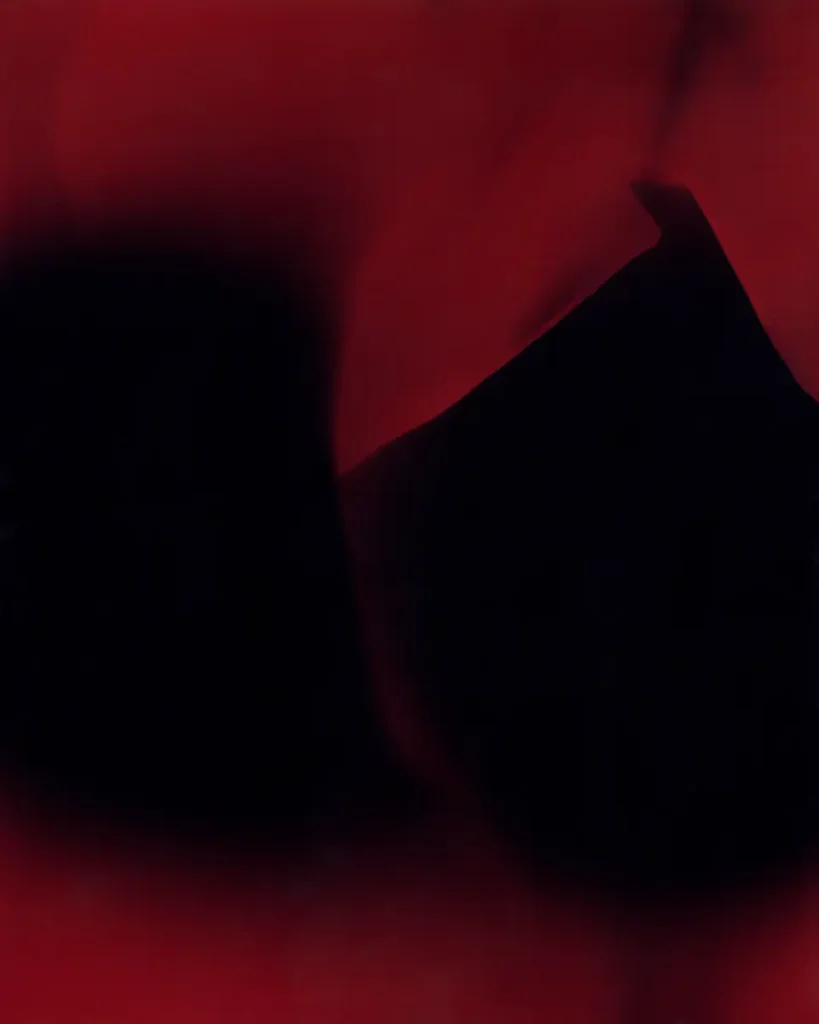
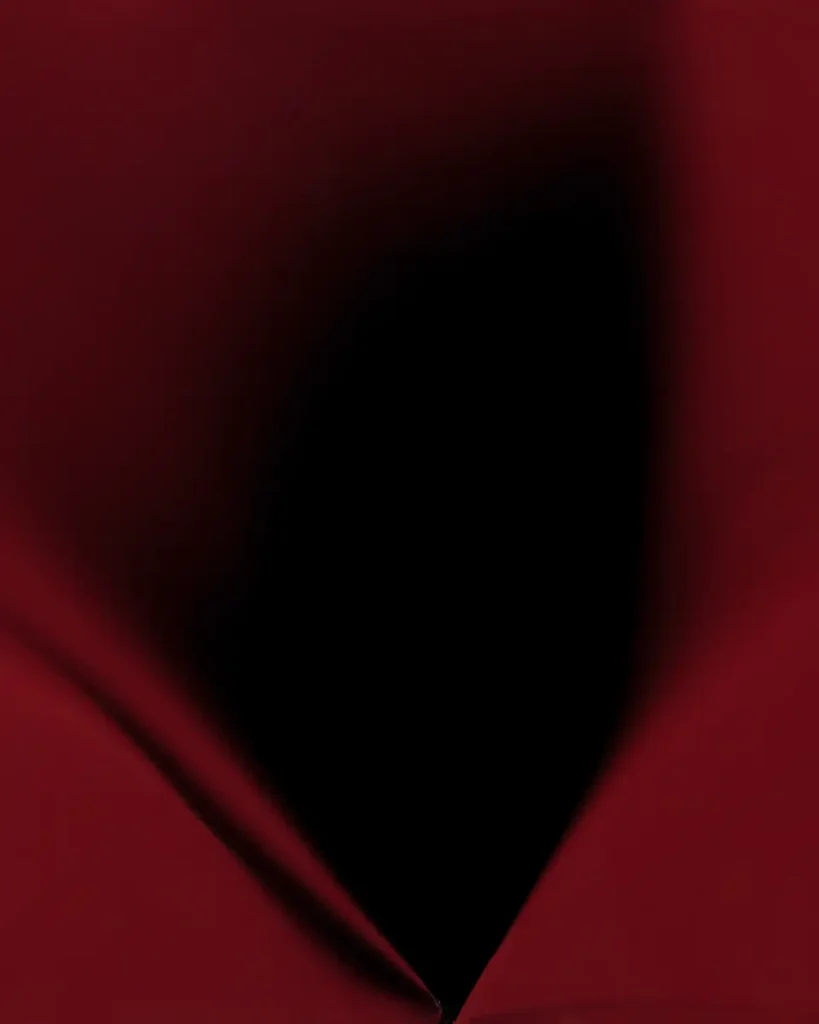
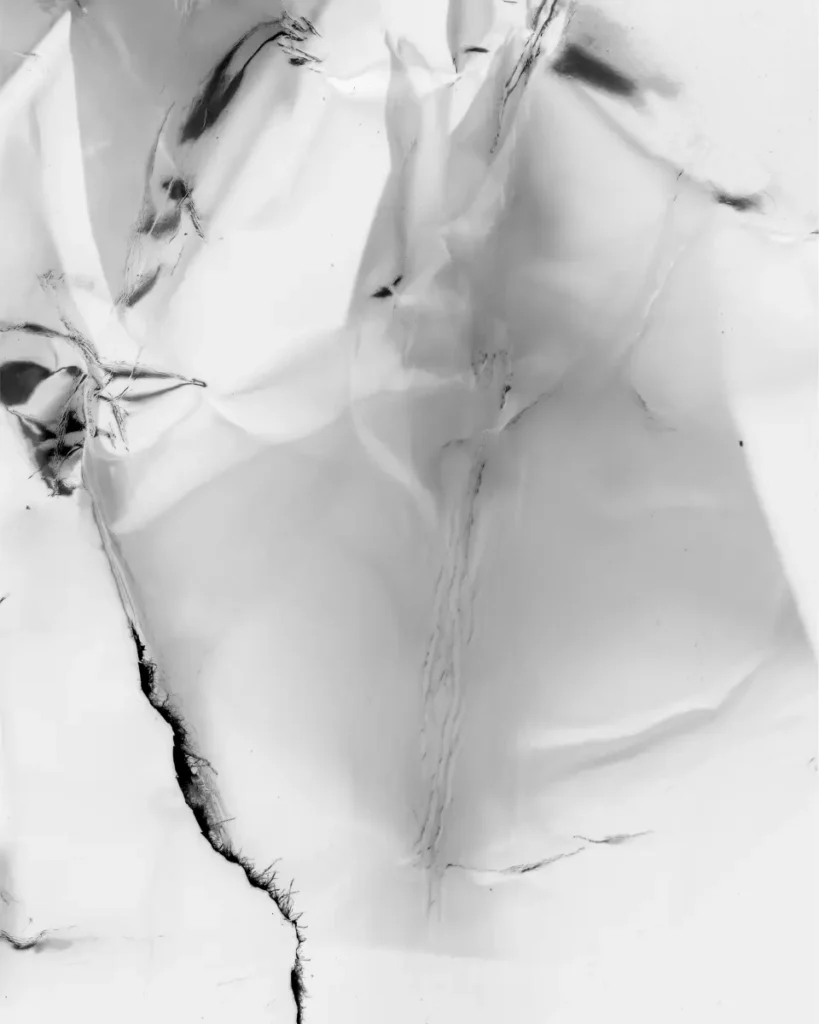
[Teresa Lanna]: You use the camera in an unconventional way; Can you explain how the use of the “medium” has changed over time?
[Fiona Annis]: What has remained constant in my practice over the years is an approach where I continually learn and experiment with various methods and materials. I am often guided by ideas being developed and I try to find a material expression to these concepts; which leads me to work following always different processes. Perhaps what has changed since the beginning of my business is that, simultaneously with the exploration of a concept, I have become more sensitive to the materials and processes themselves. Gradually, my practice is becoming less of the execution of a concept and more of a conversation and dialogue with the many elements that participate in a creative process.
It Slips and Falls and is Reborn it is a meditation on the fragility and resilience of life. How did you represent these concepts in his works?
The exploration of fragility and resilience has taken root in the series Disaster, which is an investigation aimed at giving material expression to the catastrophic and creative nature of the disaster at the same time, which literally means “losing the stars”. The images tell a story of fractures and scars and also reveal new topographies. Acting as a metaphor for personal and collective upheaval and rebirth, the series is a meditation on the potential of disaster as an impulse to find lost landmarks.
His creations express the themes of catastrophe, desire and radical hope. Which of these elements, in your opinion, is most present in contemporary society?
There is a lot of destabilization and uncertainty in the world right now. Politically, economically, ecologically, the future is questioned every day and we realize how this situation favors a fertile ground for the various defensive-aggressive forms of surveillance, control and power games that, in this way, are becoming increasingly popular. At the same time, this state of uncertainty can also stimulate the imagination, creativity and ingenuity; it can be an opportunity to reflect on new ways of being. I see the imagination, in fact, as a form of resistance and resilience. I think of resistance not as an iron fist, but rather as a return to the etymological roots of the word: a way to exist again. With this in mind, I speak of radical hope: not as a belief that everything is or will go well, but rather as a way of dealing with the unknown, and also a way of remembering that our actions, whether small or grand, have a resonance.
Naples is the city of contradictions and opposites that learn to live together; when was it there for the first time and what are the characteristics, places, things that most struck you in the Neapolitan capital?
I came to Naples for the first time in 2016, to meet the director of the Capodimonte Astronomical Observatory. In addition to current astronomical research, the Observatory has a museum of historical astronomical instruments that I was curious to work with. I asked if the institution had considered hosting me as an artist in residence. A year after this first meeting, I returned to start working with the support of the Brucebo Foundation.
The experience lived in Naples at that time had a strong impact on my business, and since then I have been trying to return as often as possible. There is a lot to say about what fascinates me about the Campania capital, but, considering the journalistic spaces to be respected, I will be brief and say that the rhythm and pulse of the city are the two things that struck me most. As well as the wealth that the city has inherited from conceptual art and poor art, two movements from which I still have a lot to learn. It is difficult to put into words how special the current cultural scenario of Naples is; for example, in the subway stations there are the works of Shirin Neshat, William Kentridge and Jannis Kounellis, just to name a few; not to mention what I consider to be a really strong, committed and curious contemporary culture.
His images are mostly blurry, immersed in a kind of mystery. What, in his opinion, is the solution to see things more clearly?
The images presented in this exhibition are mainly abstract. I consider abstraction as a means to go to the center of an idea, event or experience, in the sense that abstraction is released from a particular set of reference points, for example the details of a particular time or place. By eliminating the noise, my intent is to make the work touch a core. In English, I would say that abstraction can get to the “core” of the thing. I’m not sure if this is a valid expression also in the Italian language, but I think it expresses the concept. My work is not exclusively abstract, but it is something I was curious to explore in this new chapter.
It Slips and Falls and is Reborn is the most recent chapter of his project, A Portion of That Which Was Once Everythingwhich is still ongoing. Do you already have in mind the following chapters and the places where they will be presented?
Yes, I am currently working on making future chapters. In addition to a new photographic studio, I am also developing a script for multiple slide projectors, using the projectors almost like actors in a play. Over the past two years I have presented several exhibitions and I am looking forward to a period of focused studio creation this winter.
Light is an integral part of your works; how important is spirituality to you?
This question reminds me of a conversation I recently had with an Iranian philosopher, who described to me how, from her point of view, art is not so much about a thing done, but rather about the experience of being immersed. in a particular stream. This idea is in line with my thinking, since I am often curious to discover techniques of immersion, of deep listening; tuning, so to speak. I think of these practices, and of cultivating them, as part of an ongoing creative process, which probably overlaps with what might be called spiritual.
You are one of the two co-founders of The Society of Affective Archives (The society of affective archives); what do you do and what are the projects promoted there?
The Society of Affective Archives was co-founded by me and my fellow artist Véronique La Perrière M, more than ten years ago. When we started, our projects were completely experimental and underground. This way of working has fostered a really solid creative base, born from the exchange and constructive dialogue. Over time, our attention has also been catalyzed on the outside and we have moved on from creating, for example, intimate performances. site-specific to the creation of permanent large-scale public works of art. The materials we work with are different; from bronze to high definition video, but what persists in our work is a timeless affection for handmade, a deep commitment to collaborate with each other and a sensitivity for the stories of the various places.
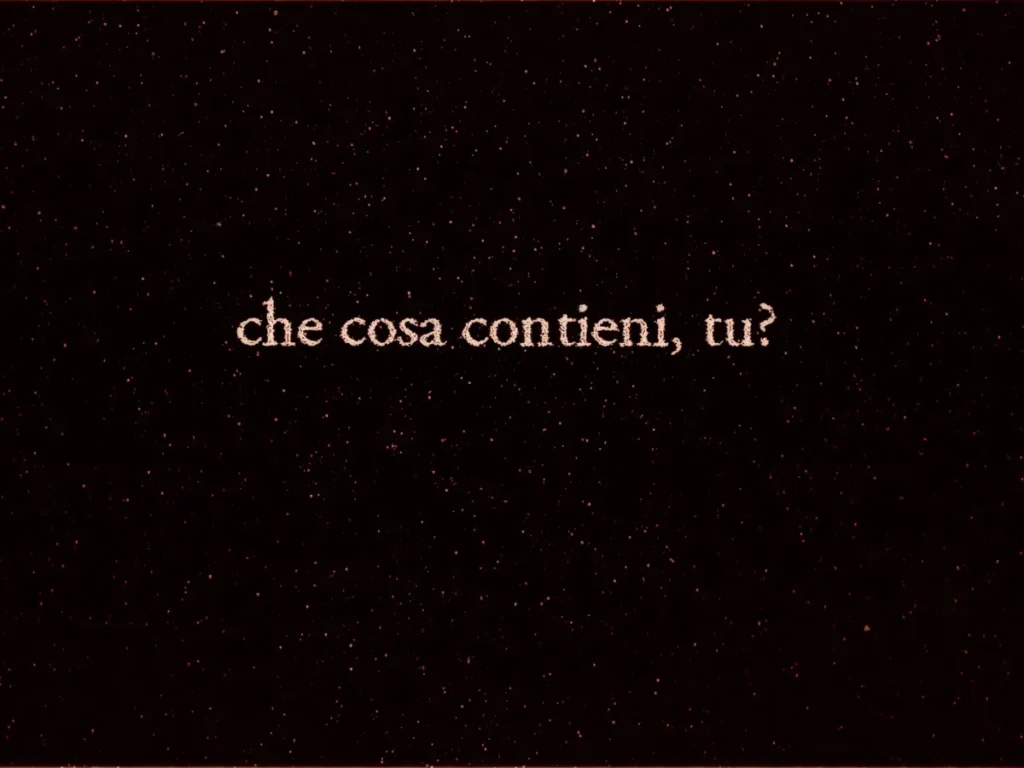
“Creativity is a form of resilience”. Interview with Fiona Annis – Arte.Go.it

